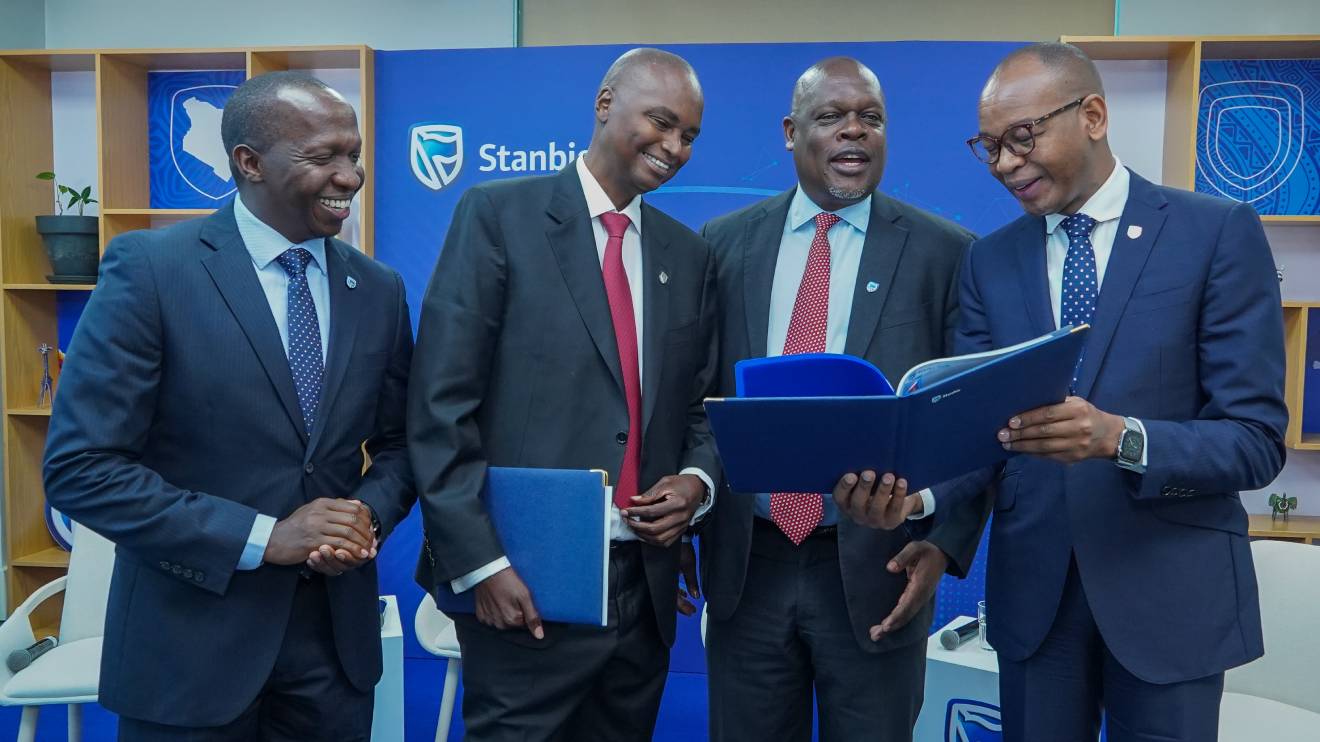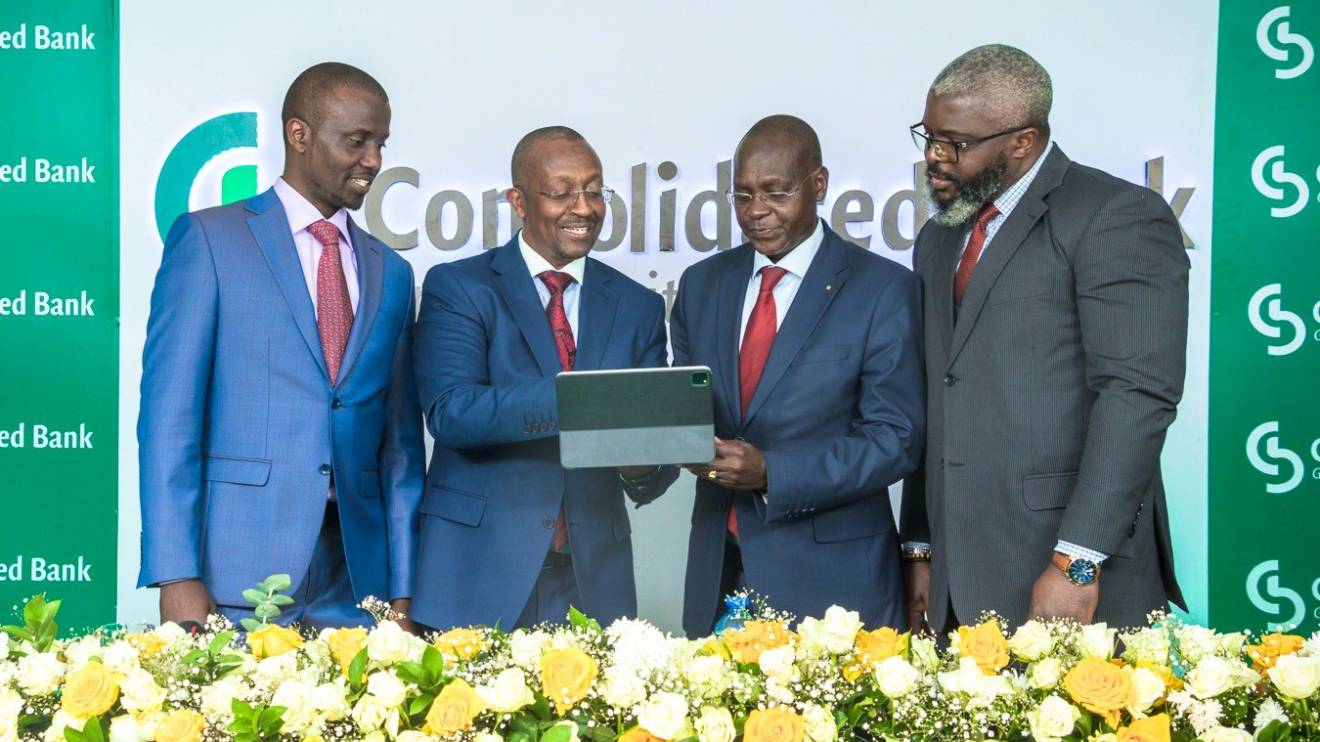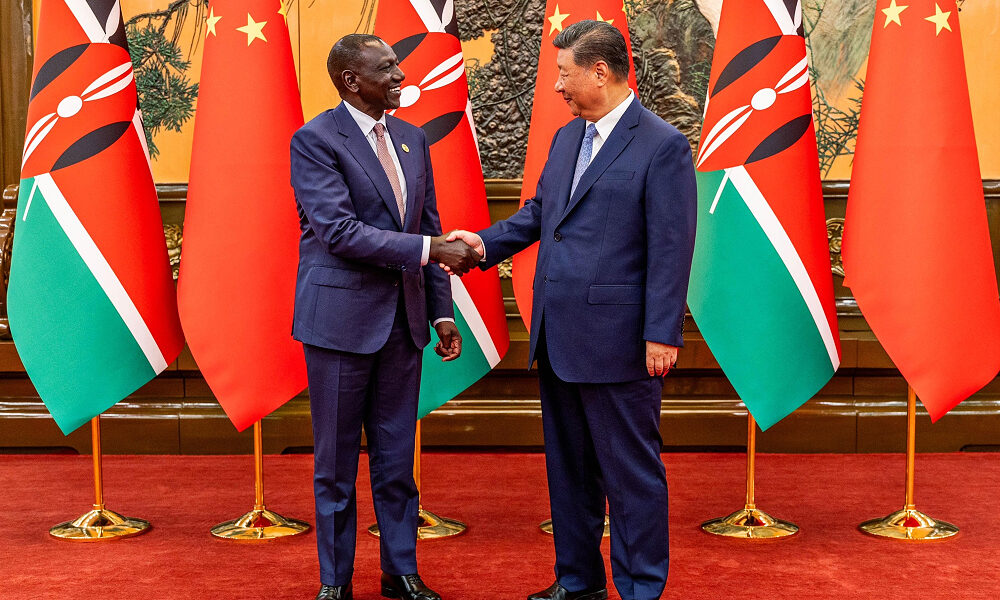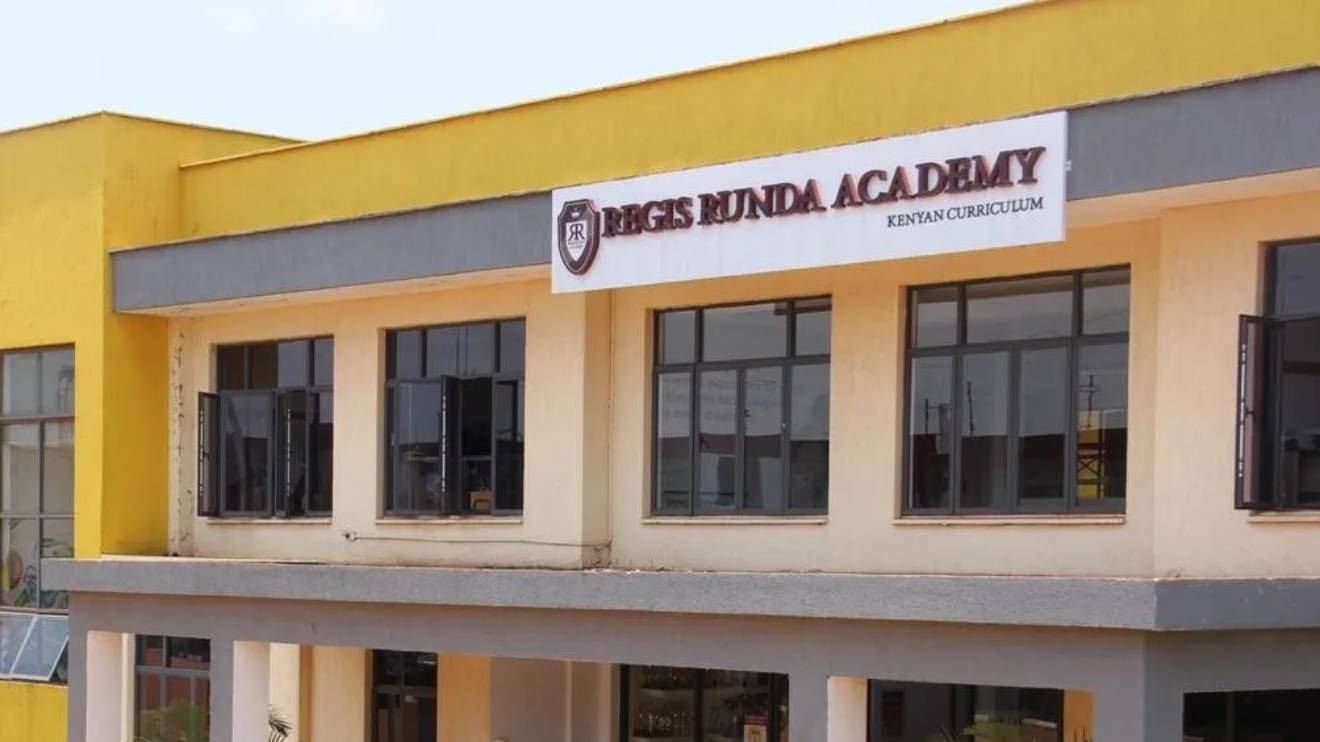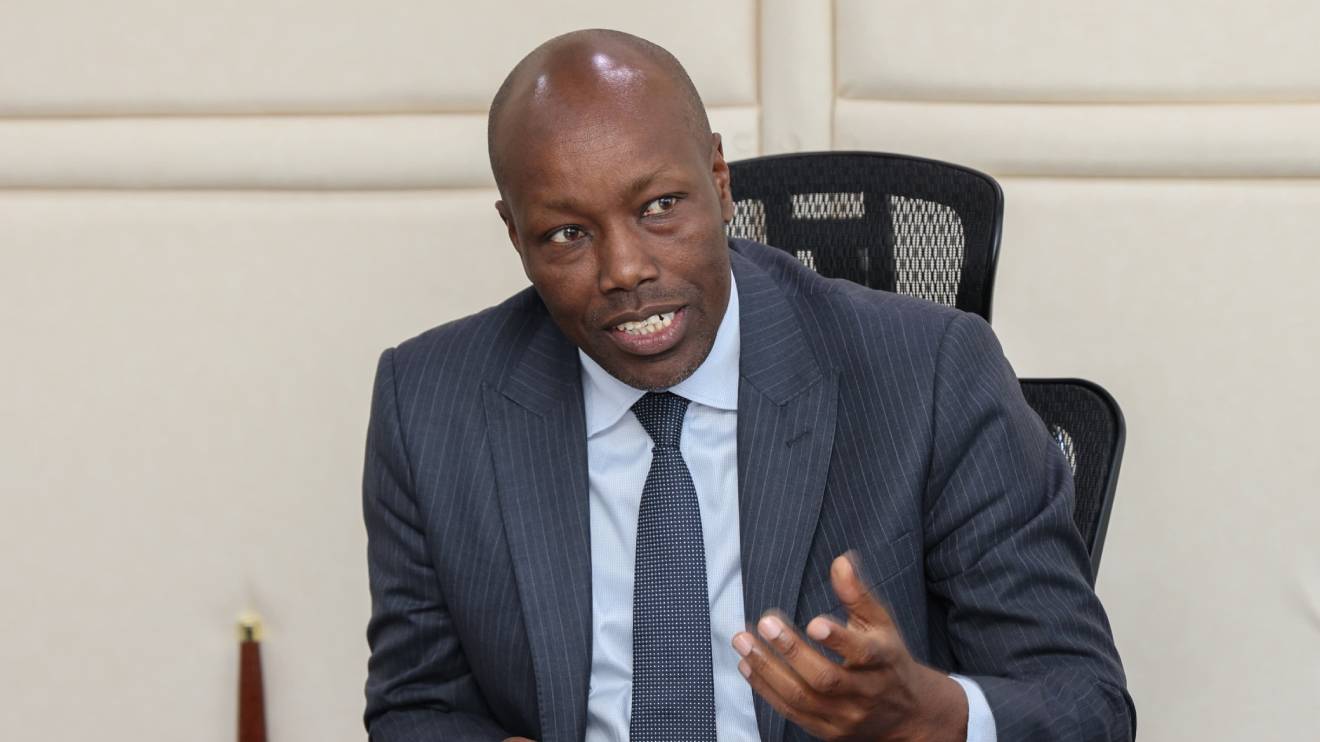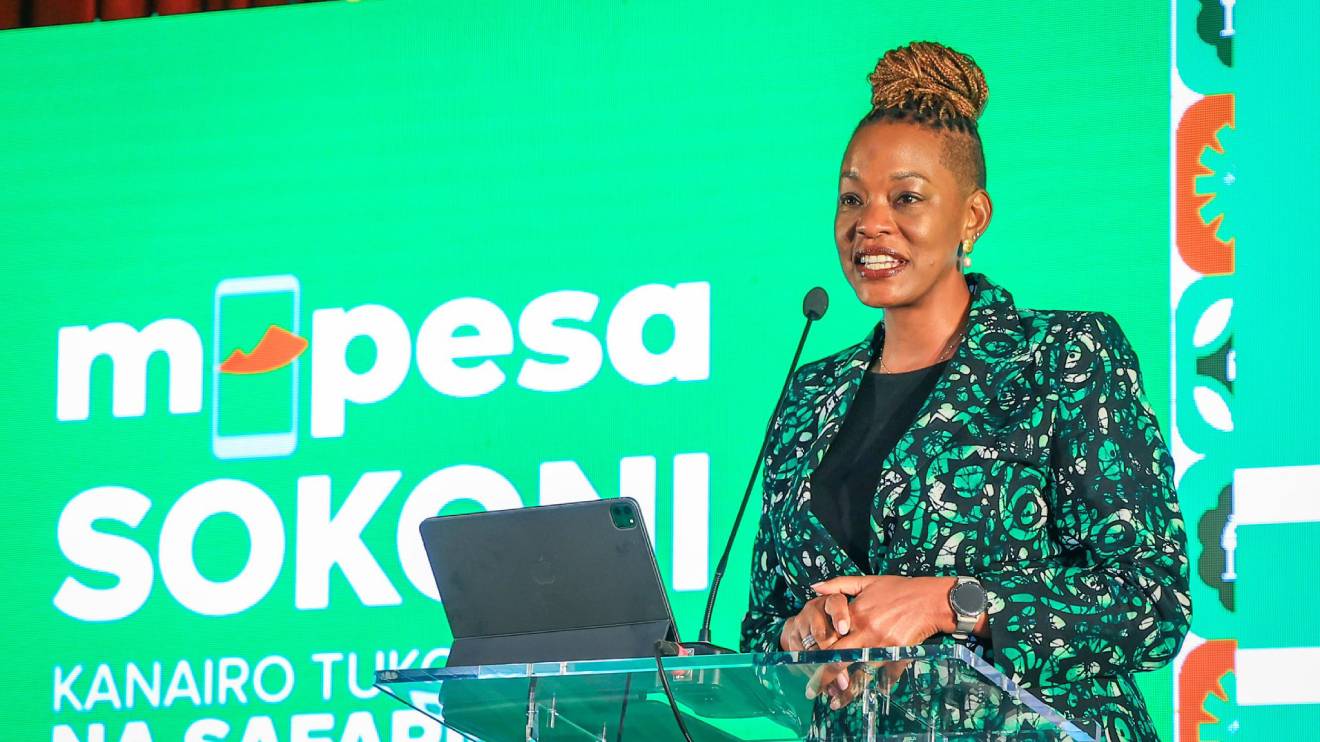Stanbic Holdings profit after tax declined by 9 per cent to Sh6.5 billion for the first six months of this year ended June 30, 2025.
The drop in earnings was largely driven by a contraction in net interest income and a sharp rise in operating expenses.
The Group’s cost-to-income ratio rose to 48.1 per cent as total costs increased by 16 per cent, a consequence of both foreign exchange effects and continued investment in long-term initiatives.
Trading revenue also fell by 7 per cent, reflecting narrower market spreads. However, non-interest revenue, excluding trading income, climbed by 9 per cent, supported by rising customer transaction volumes and product diversification.
Despite the decline in profit, Stanbic reported a stable return on equity of 17.37 per cent, underlining effective capital deployment in a turbulent market.
Read More
Credit impairment charges dropped by 26 per cent, pointing to improved credit quality and strengthened risk controls.
Customer deposits stood at Sh330 billion, a 4 per cent increase from December 2024, while loans and advances edged up 1 per cent to Sh233 billion.
Over the same period, customer numbers grew by 9 per cent, a result of the bank’s ongoing digital optimisation and product refinement strategies.
Stanbic Bank’s non-performing loan ratio stood at 9.5 per cent, well below the sector average of 17.6 per cent.
According to the bank, it also lowered its lending rates by a cumulative 180 basis points in line with the Central Bank’s monetary policy easing.
Reflecting on the broader operating environment and the measures taken to safeguard performance, Stanbic Holdings Chief Executive Dr Joshua Oigara explained that the Bank remained focused on helping clients navigate a challenging economic landscape while protecting its own resilience.
“The Kenyan economy remained stable amidst persistent headwinds. Nonetheless, some pressures persist as evidenced by sluggish private sector credit uptake, high fiscal deficits and geopolitical risks," Oigara stated.
"Our focus in this period was largely on supporting our clients navigate shifting market conditions, while fortifying our growth through robust risk management, capital strength and well managed liquidity levels. We believe that our business will continue to demonstrate resilience and keep momentum even as the market continues to post recovery.”
Providing further insight into how the Group is positioning itself in an evolving credit environment, Chief Financial and Value Officer Dennis Musau discussed signs of recovery in lending and how the institution is adapting to changing market conditions.
“Our H1 2025 results signal steady progress, anchored in a stable macroeconomic climate and recovering private sector credit growth. Commercial lending to the private sector grew by 2.0 per cent in May, up from a contraction of 2.9 per cent in January, signalling a rebound in demand alongside easing interest rates," Musau said.
Musau also addressed the Bank’s approach to managing credit quality, emphasising a proactive and data-driven methodology tailored to specific economic sectors. He explained:
“Credit quality is a priority for us, which is why we have adopted a proactive, data-led approach to managing risk. We have strengthened our credit assessment frameworks and developed sector-specific models that enable us to better anticipate and support clients during volatile cycles.”
The Group declared an interim dividend of Sh3.80 per share, up 106.5 per cent from the same period in 2024, reflecting the company’s policy of sustaining shareholder value even under margin pressure.

